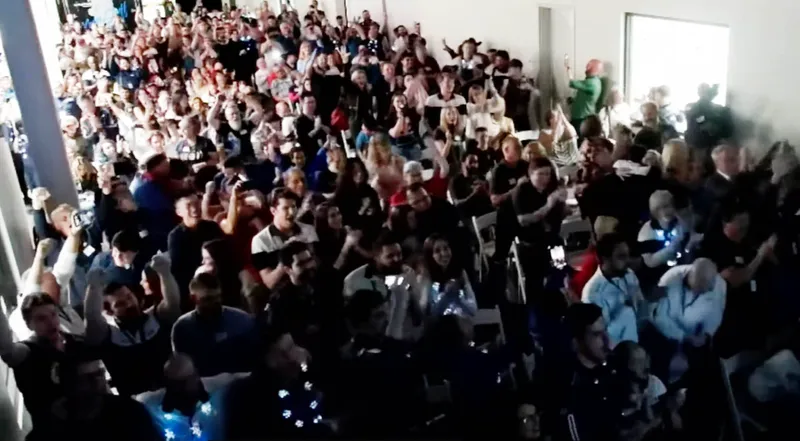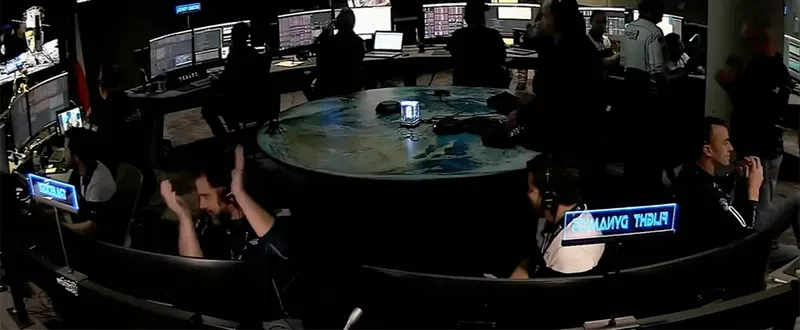The Odysseus Moon lander that made a successful touchdown on the lunar surface on 22 February has 'tipped over' and is lying on its side.
The news was revealed by Intuitive Machines, the US firm that built the lander, which has become the first US-made spacecraft to reach the lunar surface since the Apollo programme ended in 1972.

The Odysseus spacecraft did make a soft landing on the Moon, but analysis of data by flight engineers has revealed it tipped over during the landing and is now lying on its side.
It's thought the lunar lander caught one of its 'feet' on the rocky lunar surface and tipped over.
However, Intuitive Machines has said that Odysseus is stable and near or at the targeted landing site at the Moon's South Pole.
Communications with the ground control team are also still stable, the company has said.

On 24 February, NASA's Lunar Reconnaissance Orbiter captured an image of the Odysseus lander on the surface of the Moon.
The spacecraft is carrying a NASA radio telescope and other science instruments that can carry out observations from the lunar surface.
But the achievement also marks another step towards putting human feet back on the Moon via NASA's Artemis programme.

Intuitive Machines’ uncrewed lunar lander touched down at 5:23 p.m. CST (23:23 UTC) on Thursday 22 February.
The instruments aboard Odysseus are helping NASA to prepare for future missions to put humans back on the Moon.
And that's one reason why this mission is so historic: it's the first commercial spacecraft to soft-land on the surface of the Moon.
It's also the first time a US spacecraft has landed on the lunar surface since the Apollo missions, which ended in 1972.
Looking to the future, NASA will be celebrating the Odysseus lander's successful touchdown as it marks a new era of the agency's exploration of the Moon.
Lessons learned through the landing, and through science carried out on the surface, can inform future Artemis missions and are a step towards a permanent human settlement on the Moon.

The Odysseus lander and IM-1 mission launched aboard a SpaceX Falcon 9 rocket from Kennedy Space Center in Florida on 15 February.
After successful lunar orbit insertion on 21 February, Odysseus began orbiting the Moon about 12 miles above the surface.
It then achieved soft landing near crater Malapert A, 300 kilometres from the Moon's south pole.
"Today for the first time in more than a half-century, the US has returned to the moon," says NASA Administrator Bill Nelson.
"Today is a day that shows the power and promise of NASA’s commercial partnerships. Congratulations to everyone involved in this great and daring quest."
Then after touch down, mission control had to conduct several hours of troubleshooting when they were unable to establish communications, creating fears the spacecraft may have crashed.
Eventually though, the team were able to make the connection and confirm Odysseus was in one piece.
“I know this was a nail-biter, but we are on the surface and transmitting,” says Stephen Altemus, president of Intuitive Machines.
“Welcome to the Moon.”
The Odysseus lander is a hexagonal spacecraft measuring 4 metres tall and 1.5 metres wide, with 6 legs and the ability to carry 100kg of payload to the surface of the Moon.
It is carrying NASA science and technology instruments that include the ability to carry out radio astronomy from the lunar surface.
It will also focus on plume interactions on the lunar surface and how space weather interacts with Moon dust.
Find out more about the Rolses telescope on the Moon.
